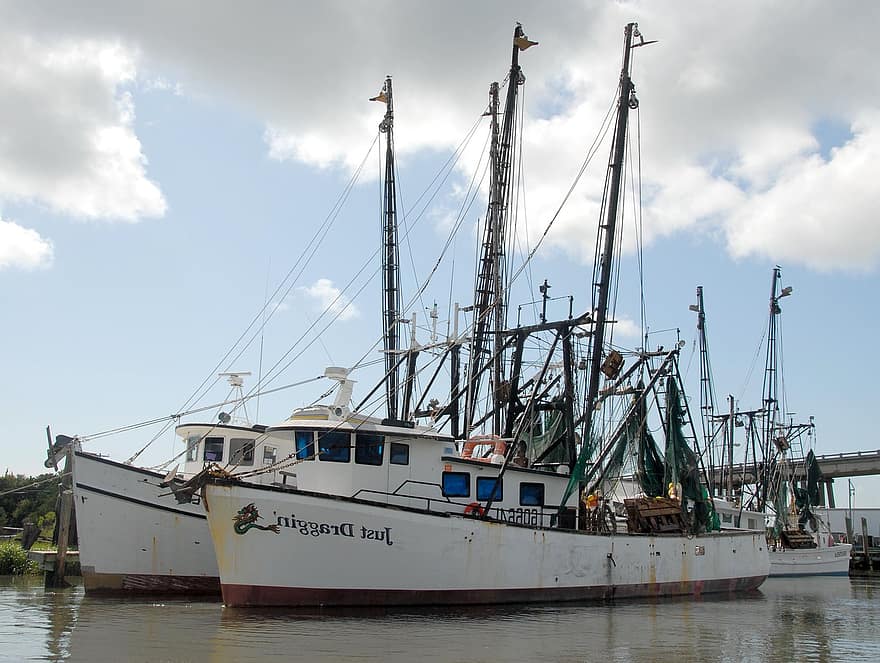
Human trafficking in the commercial fishing industry: A multiple case study analysis
The focus on maritime security research is generally on port and commercial ship activities. One overlooked maritime activity with security concerns is commercial fishing. Commercial fishing has grown as an industry dramatically in the past decade as a result the growing global demand for seafood. Further, commercial fishing is labor intensive and that labor is generally low skilled and from vulnerable populations. The security concern is the inadequacies of vetting this labor. One of the overlooked issues is the forced use of this labor by the vessel owners. In particular, this industry has experienced an uptick in human trafficking where this labor is forced to work. This paper reviews the international laws and policies to deter forced labor and human trafficking at sea. Further, we compare the level of trafficking among countries with various institutional frameworks to deal with maritime human trafficking. To evaluate this comparison, we apply case study methodology on international law and country policy interaction for seven countries including the United States, Ireland, Taiwan, Philippines, United Arab Emirate, Thailand and Sudan. We conclude with six recommendations to combat human trafficking or forced labor in the commercial fishing industry addressing issues of gender, poor reporting mechanisms including reliance on self-reporting, cooperation among countries and sharing of data, prevention and enforcement, and awareness of the problem of human trafficking in the commercial fishing industry.
Read more here.
